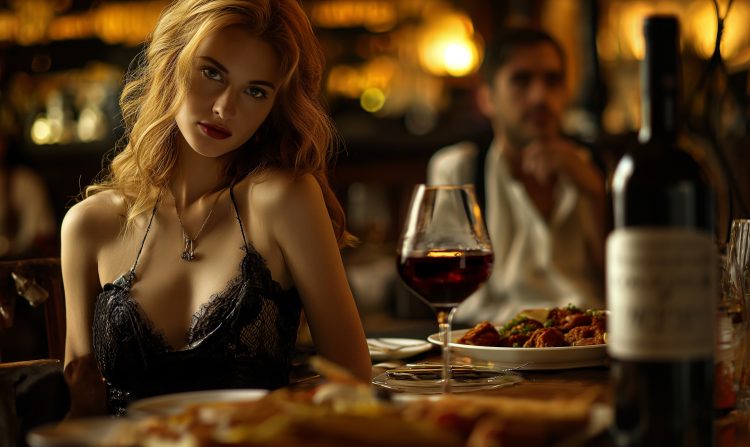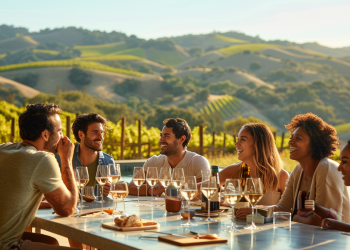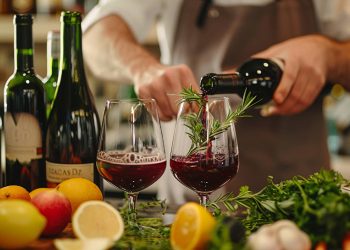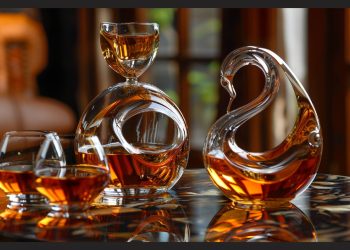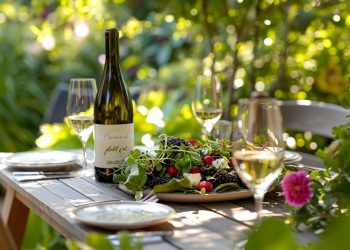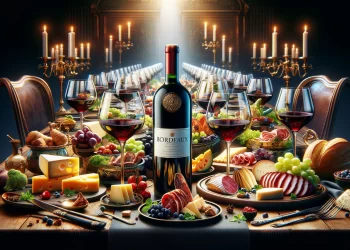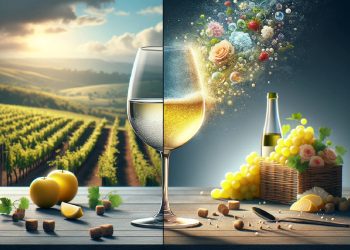How to Impress with Wine? In the world of fine dining and sophisticated social gatherings, the ability to impress with wine is a skill that can elevate any experience. It goes beyond simply picking a bottle off the shelf or ordering blindly from a menu; it requires a deep understanding of the art and science behind wine selection, pairing, and presentation. But fear not, for we will unravel the secrets to making a lasting impression with your wine choices in this article.
From decoding the intricate language of winespeak to mastering the delicate balance of pairing flavors, we will guide you through the nuances of wine selection for different occasions.
So, whether you aspire to impress your dinner guests or want to enhance your own enjoyment of wine, join us on this journey as we uncover the secrets to unlocking the true potential of this timeless beverage.
Impressing with Wine
When it comes to impressing with wine, it is essential to understand the essence of wine appreciation and the role of context in wine selection. Appreciating wine goes beyond simply drinking it; it involves understanding its flavors, aromas, and characteristics. Furthermore, the context in which wine is enjoyed, such as the occasion, the food pairing, and the individuals’ preferences, plays a significant role in selecting the right wine to make a lasting impression.
The Essence of Wine Appreciation
Wine appreciation is an art that captivates the senses and offers a journey of taste and aroma. It is a way to connect with others and create a sense of belonging. The essence of wine appreciation lies in understanding and savoring the nuances of different wines. It involves developing an understanding of the grape varietals, regions, and winemaking techniques.
By exploring the diverse flavors and aromas, one can develop a refined palate and a deeper appreciation for the complexities of wine. Wine appreciation also involves the ability to pair wines with food, creating harmonious combinations that enhance both the wine and the dish. It is an ongoing journey of discovery and exploration, where each sip brings new delights and a deeper understanding of the world of wine.
The Role of Context in Wine Selection
In the realm of wine selection, understanding the role of context is crucial in making a lasting impression. When choosing a wine, it is important to consider the setting, occasion, and the preferences of the people you are sharing it with. To help paint a picture, here is a table showcasing the different factors of context that can influence wine selection:
| Context Factors | Examples |
|---|---|
| Setting | Formal dinner party, casual backyard barbecue, romantic date night |
| Occasion | Celebratory event, intimate gathering, business dinner |
| Preferences | Red or white wine, sweet or dry, light-bodied or full-bodied |
| Food Pairing | Seafood, red meat, cheese, dessert |
| Budget | High-end luxury, affordable everyday options |
How to Impress with Wine: Understanding Wine Basics
To understand the basics of wine, it is important to familiarize oneself with varietals and regions and how to read a wine label. Varietals refer to the type of grape used in making the wine, while regions indicate the geographical location where the grapes are grown. Reading a wine label provides valuable information about the producer, vintage, and alcohol content, among other details. By grasping these fundamental concepts, wine enthusiasts can begin to navigate the world of wine with confidence and appreciation.
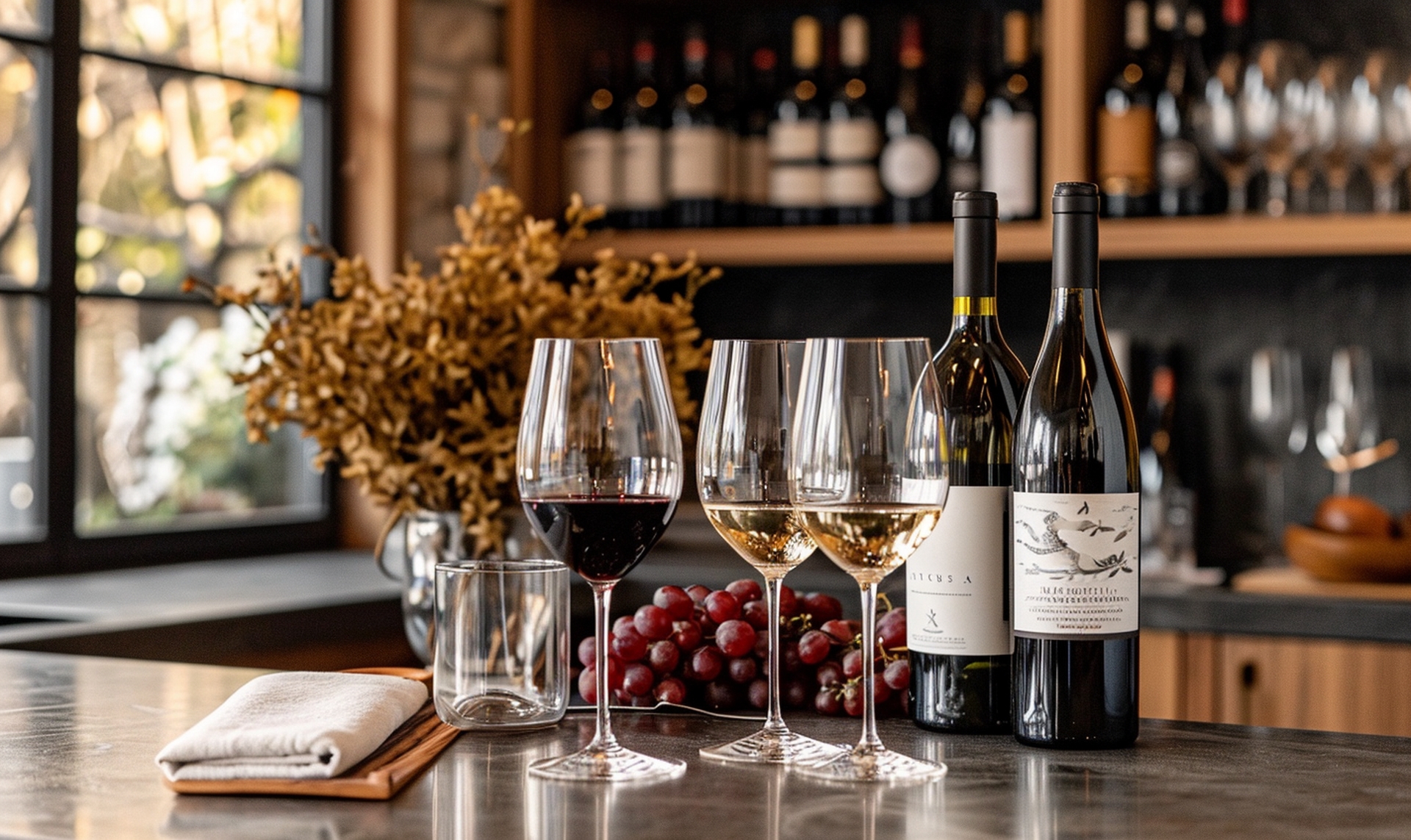
Varietals and Regions
Understanding the basics of varietals and regions is essential for developing a comprehensive knowledge of wine. To impress with wine, it is important to understand the different types of grapes and the regions they come from. Here are three key points to consider:
- Varietals: Different grape varietals produce distinct flavors and characteristics in wine. Understanding the characteristics of varietals such as Cabernet Sauvignon, Chardonnay, and Pinot Noir will help you make informed choices when selecting wines.
- Regions: Wines from different regions have unique qualities influenced by factors such as climate, soil, and winemaking techniques. Familiarize yourself with renowned wine regions like Bordeaux, Burgundy, and Napa Valley to appreciate the diversity and quality of wines from these areas.
- Terroir: The concept of terroir refers to the specific environmental factors that contribute to a wine’s character. This includes factors like soil type, climate, and topography. Understanding how terroir influences wine can enhance your appreciation and ability to discern different flavors and styles.
Reading a Wine Label
When deciphering a wine label, it is important to understand the key information it provides about the wine’s origin, varietal, and quality. The label typically includes the name of the winery or producer, the region where the wine was made, and the specific varietal or blend of grapes used. It may also indicate the vintage or year of the wine’s production.
Additionally, the label may provide information about the wine’s quality, such as whether it is a reserve or a special cuvée. Understanding these elements can give you valuable insights into the characteristics and potential flavor profile of the wine. By familiarizing yourself with how to read a wine label, you can make more informed choices and confidently navigate the world of wine.
The Art of Wine Pairing
There are two main approaches to the art of wine pairing: classic food and wine combinations and experimenting with pairings. Classic combinations, such as Champagne with smoked salmon or Chianti with Parmigiano-Reggiano cheese, are tried and true. On the other hand, experimenting with pairings allows for creativity and personal preferences, giving wine enthusiasts the opportunity to discover new and unexpected flavor combinations.
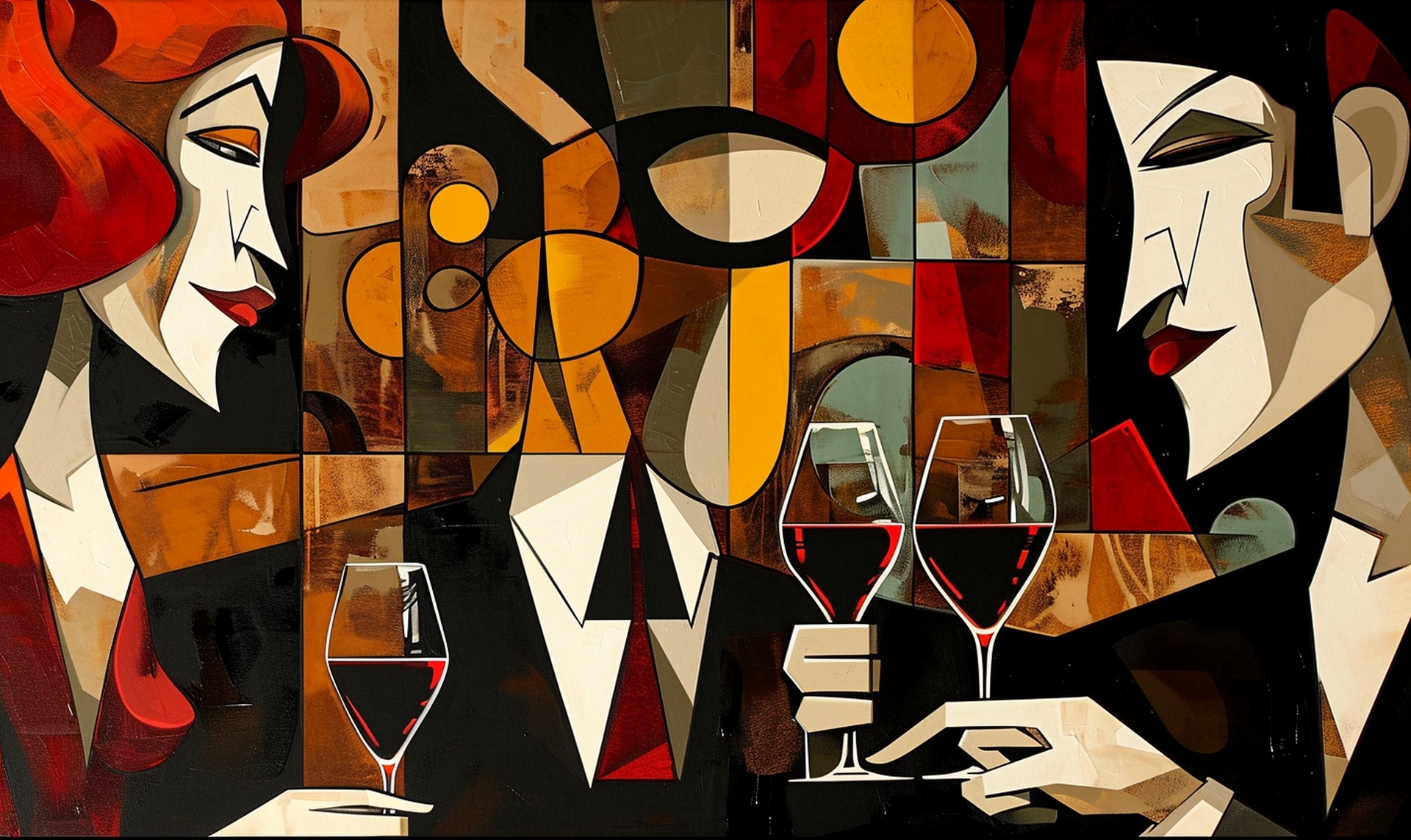
Classic Food and Wine Combinations
Classic food and wine combinations have long been celebrated for their ability to elevate the dining experience to new heights. When it comes to pairing food and wine, there are a few key principles to keep in mind. First, great dishes deserve great wines, while humble dishes are best paired with more modest wines.
Additionally, delicate flavors in food should be matched with delicate wines, while bolder flavors can stand up to more robust wines. Another approach is to either mirror or contrast flavors between the food and wine. For example, a fruity wine can enhance the flavors of a fruity dish. Lastly, it’s important to choose a flexible wine that can complement a variety of flavors. By following these principles, you can create harmonious and memorable dining experiences.
Experimenting with Pairings
As we explore the art of wine pairing, it’s time to delve into the world of experimenting with pairings, where the true creativity and enjoyment of combining food and wine can be discovered. This is an opportunity to break free from traditional pairings and discover new and exciting flavor combinations. By embracing experimentation, you can find unexpected harmonies and contrasts that elevate both the food and the wine.
Don’t be afraid to think outside the box and try unconventional pairings. Trust your palate and let your senses guide you.
Remember, the joy of wine pairing lies in the discovery of new flavors and the excitement of creating a unique dining experience. So, step out of your comfort zone and embark on a culinary journey that will surprise and delight your taste buds.
Serving Wine with Elegance and Style
When it comes to serving wine with elegance and style, two important factors to consider are selecting the right glassware and serving the wine at the ideal temperature. The choice of glassware can enhance the aroma and flavor of the wine while serving it at the right temperature ensures that its characteristics are showcased to their fullest. By paying attention to these details, you can elevate the experience of serving wine and impress your guests with your attention to detail and sophistication.
Selecting the Right Glassware
Selecting the appropriate glassware is essential for serving wine with elegance and style. The right glass can enhance the aroma, flavor, and overall experience of enjoying a glass of wine. Here are some tips for choosing the perfect glassware:
- Consider the shape: Different wine varietals have different characteristics, and their glass shapes are designed to enhance those qualities. For example, a tall, narrow glass is ideal for sparkling wines, as it preserves the bubbles and concentrates the aromas. On the other hand, a large, wide glass is perfect for red wines, allowing them to breathe and releasing their complex aromas.
- Pay attention to the material: Glassware made of crystal or high-quality glass can enhance the visual appeal of the wine, adding to the overall elegance of the experience. It also ensures that the glass does not interfere with the taste of the wine.
- Choose the right size: The size of the glass should be appropriate for the wine being served. A smaller glass for white wine helps to keep it chilled, while a larger glass for red wine allows for proper aeration and swirling.
The Ideal Serving Temperature
After carefully selecting the appropriate glassware for serving wine with elegance and style, it is crucial to understand the importance of serving the wine at the ideal temperature. The temperature at which wine is served significantly impacts its taste and aroma. Serving wine too cold can mask its flavors, while serving it too warm can make it taste flat and dull. To help you achieve the perfect serving temperature, refer to the table below:
| Wine Type | Ideal Serving Temperature |
|---|---|
| Sparkling | 6-8°C |
| White | 8-12°C |
| Rosé | 8-12°C |
| Light Red | 12-14°C |
| Full-bodied Red | 16-18°C |
| Fortified | 12-16°C |
Wine Etiquette and Tasting Techniques
In the next section of ‘Impressing With Wine’, we will explore the important aspects of wine etiquette and tasting techniques. Navigating a wine tasting can be intimidating, but with the right knowledge and skills, you can confidently describe wine like a pro. We will discuss the key points to keep in mind when tasting wine and how to communicate your observations effectively.
Navigating a Wine Tasting
When attending a wine tasting, it is important to familiarize yourself with proper wine etiquette and tasting techniques to appreciate and navigate the experience fully. Here are some tips to help you navigate a wine tasting:
- Dress appropriately: Opt for smart-casual attire to show respect for the event and the wines being showcased.
- Hold the glass correctly: Always hold the wine glass by the stem to avoid warming the wine with your hands.
- Observe the appearance: Take note of the wine’s color, clarity, and viscosity.
- Use your senses: Smell the wine before tasting to detect aromas, and take small sips to explore the flavors fully.
- Spit or sip: If you’re attending a large tasting, it’s acceptable to spit the wine into a spittoon to avoid intoxication.
- Take notes: Jot down your impressions and thoughts to remember your favorite wines later.
Describing Wine Like a Pro
As you continue your journey through the world of wine, developing the skills necessary to describe wine like a professional, encompassing both wine etiquette and tasting techniques, is essential. Describing wine accurately and confidently allows you to engage in conversations with other wine enthusiasts and deepen your appreciation for the nuances of different wines.
To describe wine like a pro, start by observing the wine’s appearance, noting its color and clarity. Then, sniff and identify the aromas in the wine, such as fruits, spices, or floral notes. Next, take a small sip and pay attention to the wine’s flavor profile, including its acidity, sweetness, and tannins. Finally, evaluate the wine’s finish, noting how long the flavors linger on your palate.
When describing wine, use specific and evocative language, painting a vivid picture of the wine’s characteristics. Avoid generic terms and strive to find unique descriptors that capture the essence of the wine. Remember, the goal is to convey your experience and share your passion for wine with others.
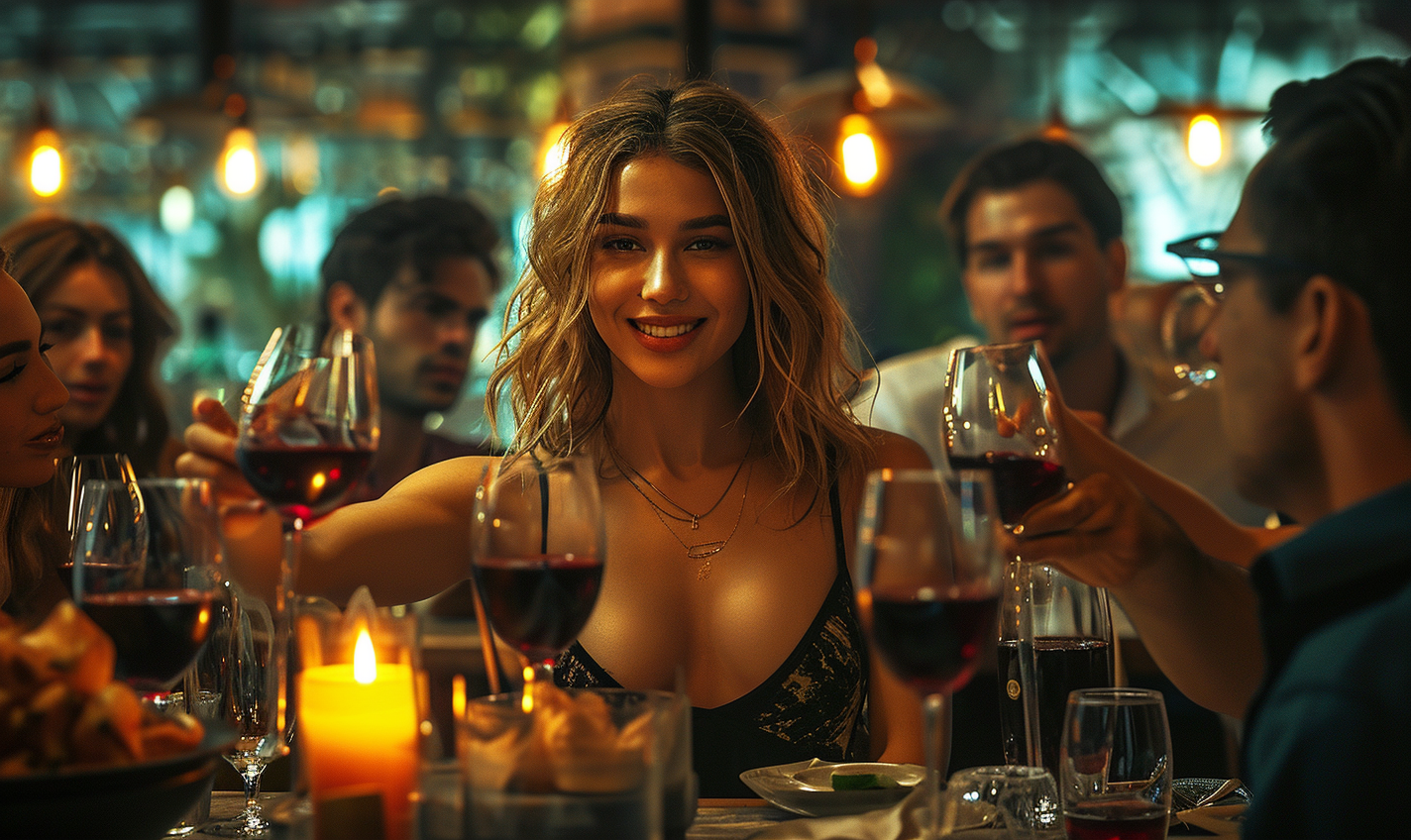
Building a Wine Collection
When it comes to building a wine collection, there are two key points to consider: starting your wine cellar and investing in quality wines. Starting a wine cellar involves finding a suitable space to store your collection, whether it’s a dedicated wine cellar or a temperature-controlled cabinet. Investing in quality wines means selecting wines with good aging potential and made by reputable producers. By focusing on these two points, you can build a wine collection that will impress you and your guests.
Starting Your Wine Cellar
Building a wine collection is exciting for wine enthusiasts and connoisseurs alike. As you embark on this journey, here are three key considerations to help you start your wine cellar:
- Determine your budget:
- Set a budget that aligns with your financial means and goals.
- Consider investing in a mix of affordable everyday wines and special occasion bottles.
- Opt for wines that offer value for money and fit within your desired price range.
- Research and explore:
- Educate yourself about different wine regions, grape varieties, and styles.
- Attend tastings, join wine clubs, and engage with fellow wine lovers to expand your knowledge.
- Experiment with a variety of wines to discover your preferences and develop your palate.
- Storage and organization:
- Invest in proper storage equipment, such as wine racks or a temperature-controlled cellar.
- Keep track of your collection by creating an inventory system or using wine cellar management software.
- Organize your wines by region, grape variety, or aging potential to locate and enjoy them easily.
Investing in Quality Wines
Investing in quality wines is a strategic decision for wine enthusiasts looking to curate a valuable and diverse wine collection. Building a wine collection involves selecting wines that provide enjoyment and have the potential to appreciate in value over time. When considering which wines to invest in, it is important to research and evaluate factors such as the producer’s reputation, vintage, and potential for aging. Additionally, diversifying the collection by including wines from different regions and grape varieties can help enhance its value. Here is a table highlighting some key considerations when investing in quality wines:
| Considerations | Description |
|---|---|
| Producer Reputation | Choose wines from reputable producers known for consistently high-quality wines. |
| Vintage | Research the characteristics of different vintages to identify their potential for aging and appreciation. |
| Region and Grape Variety | Diversify the collection by including wines from different regions and grape varieties to increase its value. |
Hosting a Wine-Centric Event
When it comes to hosting a wine-centric event, there are two key points to consider: planning a wine-tasting party and recognizing wine as a social connector. Planning a wine-tasting party involves selecting a variety of wines, providing tasting notes, and creating an enjoyable atmosphere. Additionally, wine has the unique ability to bring people together, sparking conversations and creating shared experiences. Hosting a wine-centric event can be a great way to connect with others and cultivate a sense of community.
Uncork Brilliance, Taste the Encyclopedia: For a deeper dive into the world of wines, visit EncyclopediaWines.com and continue your journey of taste and knowledge.
Planning a Wine Tasting Party
Planning a wine tasting party can be a delightful way to gather friends and explore the world of wine together. To ensure a successful event, consider the following tips:
- Set the Theme:
- Choose a specific wine region or varietal to focus on.
- Select a theme that aligns with the preferences of your guests.
- Consider including a blind tasting to add an element of surprise.
- Curate the Wine Selection:
- Offer a variety of wines, including reds, whites, and perhaps a sparkling option.
- Include different styles and price points to cater to diverse palates.
- Provide tasting notes or a brief description of each wine to enhance the experience.
- Complement with Food Pairings:
- Serve light snacks or appetizers that won’t overpower the wines.
- Consider offering palate cleansers like bread or crackers.
- Encourage guests to discuss their tasting experiences and share their thoughts.
Wine as a Social Connector
Wine has long been recognized as a powerful tool for bringing people together and fostering social connections. Hosting a wine-centric event is a great way to create a sense of belonging and lasting memories with friends and loved ones. To help you plan your event, here are some tips for hosting a successful wine-centric gathering:
| Tip | Description |
|---|---|
| Create a theme | Choose a theme for your event, such as a specific region or varietal, to focus the wine selection. |
| Offer a variety of wines | Provide a selection of wines to cater to different tastes and preferences. |
| Provide food pairings | Pair the wines with complementary foods to enhance the tasting experience. |
| Engage in wine education | Share interesting facts and stories about the wines being served to spark conversation and learning. |
| Encourage interaction | Plan interactive activities like blind tastings or wine trivia to encourage guests to mingle and connect. |
Raising a Glass to Wine Wisdom
Ah, the splendid journey of wine appreciation! It’s not just about what’s in your glass, but how it harmonizes with the moment. Each sip offers a story, each pairing an adventure. Remember, selecting the right wine is like painting on a canvas; every choice adds color and life to the occasion.
In the world of wines, context is your muse. A cozy dinner calls for a different character than a grand celebration. It’s about setting, mood, and company. Dive into the narratives behind each bottle and embrace the romance of regions and varietals. This is where your story as a wine connoisseur begins.
Pairing wine with food? It’s an art! Let your creativity flow. Experiment with flavors and play with combinations. Each pairing is a unique dance of taste and aroma.
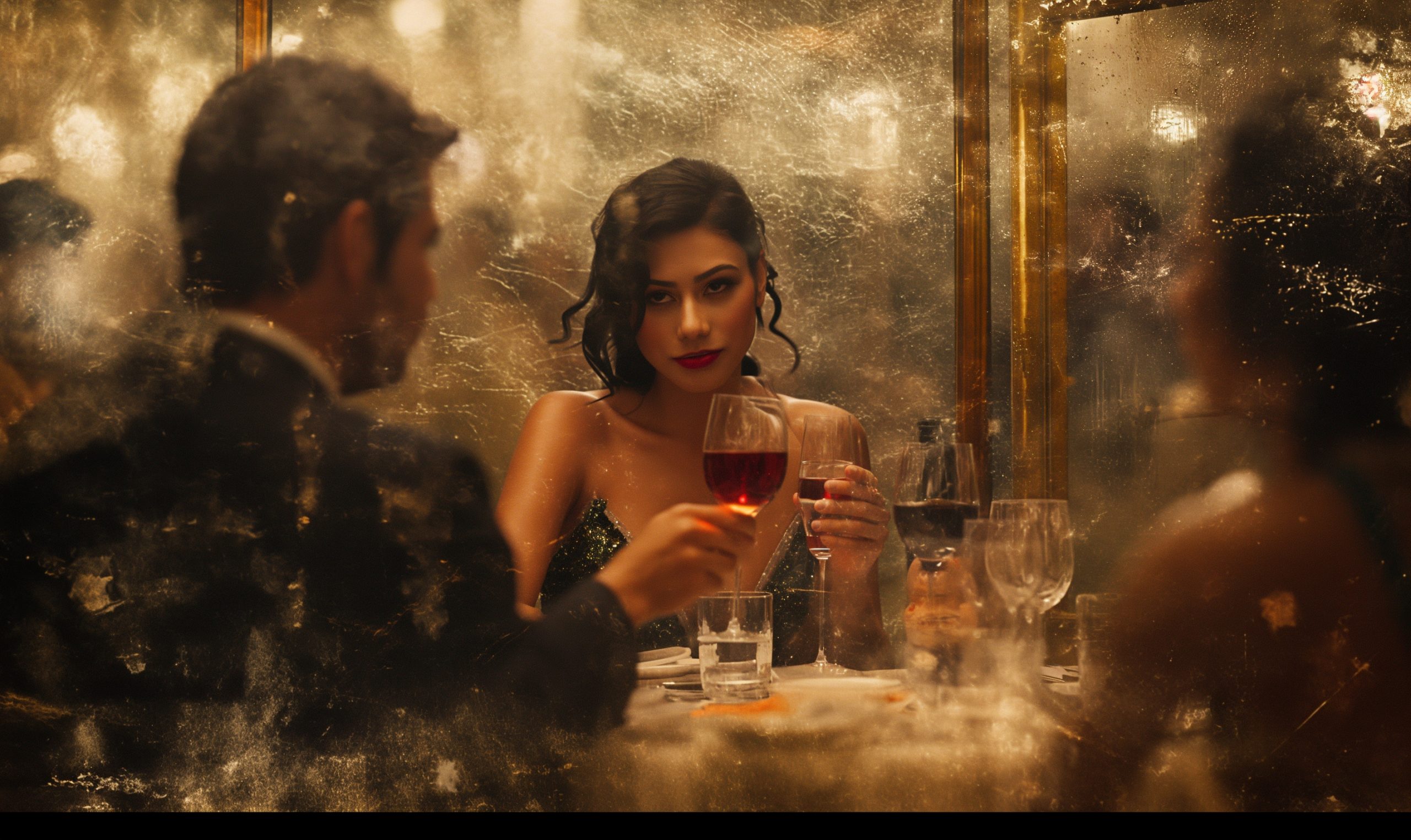
Serving wine is where elegance meets expertise. The right glass, the perfect temperature—these are your tools to elevate the experience. You’re not just serving wine; you’re crafting memories.
Building a wine collection is like curating a gallery of liquid art. Each bottle you choose is a future story to be shared, a moment to be cherished.
Hosting a wine event? You’re the maestro of a sensory symphony, creating connections over glasses filled with stories.
In the end, let your wine choices be the narrator of your gatherings. For those eager to explore further, sail the seas of viniculture at Encyclopedia Wines. Take a peek at their enlightening article on Exploring the Richness of Wine Regions for deeper dives.
So here’s to you, the aspiring wine aficionado. Raise your glass, celebrate the moment, and let the world of wine unfold its wonders. Cheers! 🍷✨

